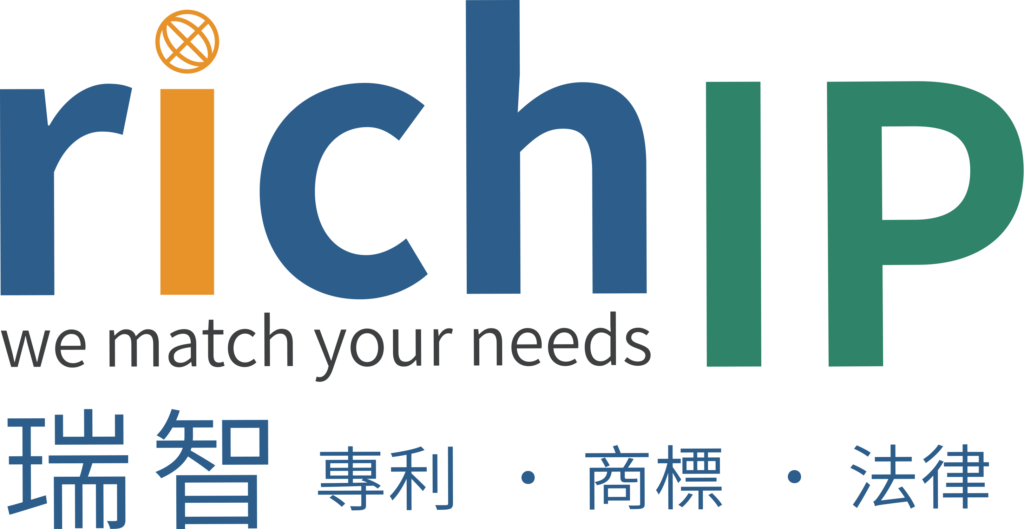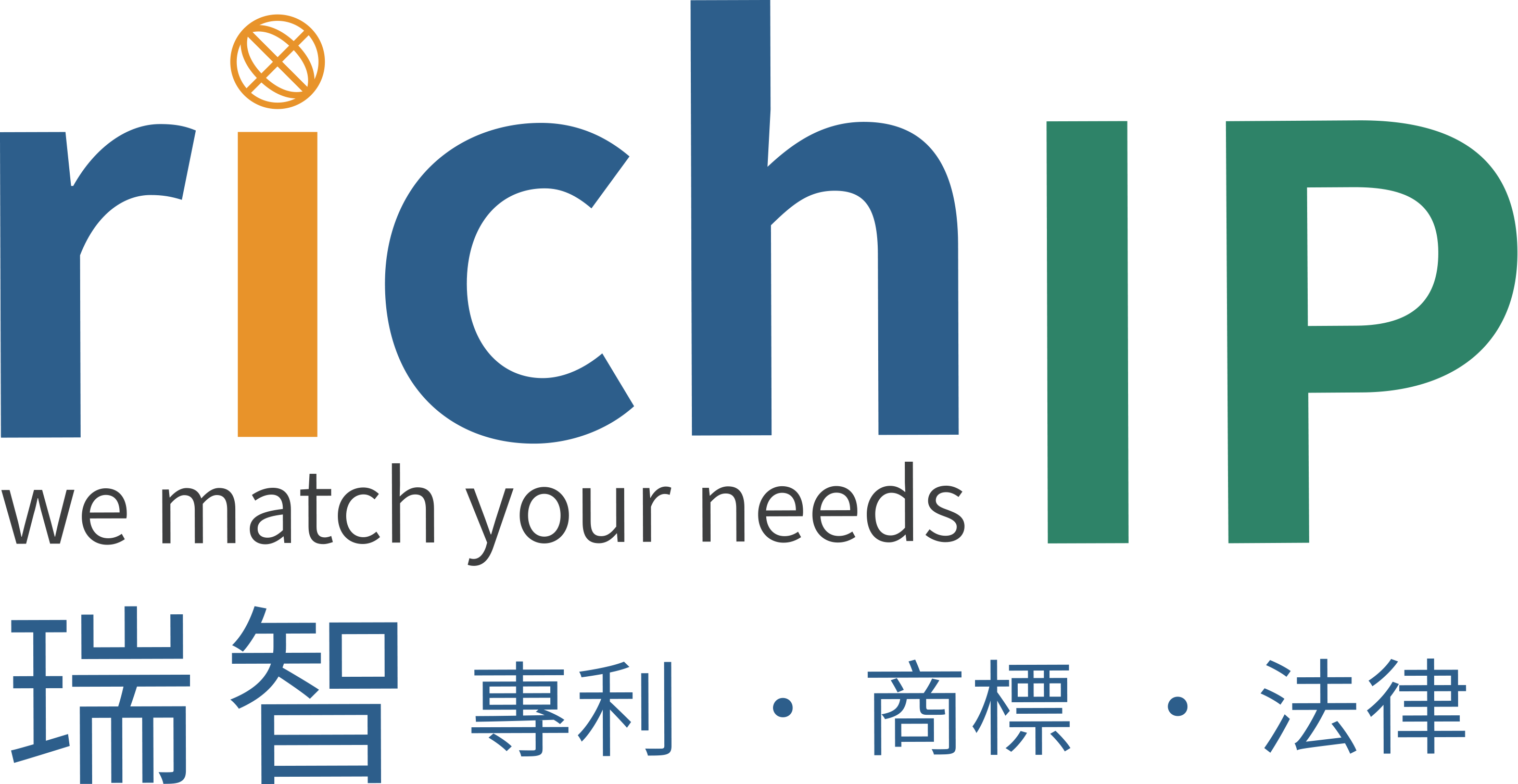News Topics
I. [TW] Can AI System Be Inventor?
II.[TW] Trademark of Squid Game
III.[CN] Effects on Design Patent Practice after Fourth Amendments to China Patent Law
IV.[US] Extension of ACFP 2.0
I. Can AI System Be Inventor ?
Can an AI system be an inventor in Taiwan? The Intellectual Property and Commercial Court of Taiwan has answered the question, in the negative, in two recent judgements involving Dr. Thaler vs. Taiwan Intellectual Property Office.
Plaintiff’s Claims
- The AI system named DABUS made a substantial effort to develop an invention claimed in the patent application at issue so that the contribution qualifies the AI system as an Inventor.
- Taiwanese intellectual property laws do not specify that an inventor must be a natural person. A legal entity can be an author under the Taiwanese Copyright Act so that it is unreasonable why an AI system cannot be regarded as an inventor.
Court’s Opinions
- An eligible inventor means one who has personality rights in legal in addition to making a substantial effort for an invention, and thus the inventor must be a natural person.
- In view of the Patent Act, the Enforcement Rules of the Patent Act, and the Patent Examination Guidelines, an eligible inventor should be a natural person. Also, since the subject matter of the Copyright Act is different from that of the Patent Act in natural, the provisions of the Copyright Act do not necessarily apply to an entity who is involved in a patent event under the Patent Act. Not to mention, an AI system is not an eligible person in legal because it is neither a natural person nor a legal entity.
Takeaway
Under the Taiwanese present practice, it is recommended that the designer of an AI system plays the role of the inventor in lieu of the AI system in a patent application to avoid a necessary rejection.
References
Hyperlink: Judgement for Administrative Suit under Patent Case, No. 3, 2021
Hyperlink: Judgement for Administrative Suit under Patent Case, No. 4, 2021
Dr. Cross Liu
Executive Manager of RichIP Group
II. Trademark of Squid Game
The Korean TV series“SQUID GAME” is one of currently popular TV series, which has been provided by the famous streaming service named “Netflix” worldwide. With the fade, Netflix has also been seeking trademark protection. Up to November 3, 2021, Netflix has filed four trademark applications with Taiwan Intellectual Property Office (TIPO) as listed below:
| Characters in the applied trademark | Application number | Filing date | Priority date | Commodity /Service category |
| 魷魚遊戲 | 110074464 | 2021/10/15 | N/A | 009、016、025、028、041 |
| SQUID GAME | 110075224 | 2021/10/19 | 2021/9/28
Jamaica |
009、016、018、021、025、028、041 |
| SQUID GAME | 110075225 | 2021/10/19 | 2021/10/13
Australia |
009、016、018、021、025、028、041 |
| SQUID GAME | 110078295 | 2021/10/29 | 2021/10/20
Australia |
003、014、024、030、035、043 |
A trademark registration is always pursued with a popular event, but the popular event also brings a problem of trademark squatting. If a trademark is registered too early, it may be ceased because of “no trade.” In contrast, if a trademark is registered too late, it may be squatted by other people. Therefore, the occasion of filing a trademark application is, no doubt, important. If you or your clients need such a service or assistances in Taiwan, China or Hong Kong, please feel free to contract RichIP group.
References
Hyperlink: Trademark Database of TIPO-Application No. 110074464
Hyperlink: Trademark Database of TIPO-Application No. 110075224
Hyperlink: Trademark Database of TIPO-Application No. 110075225
Hyperlink: Trademark Database of TIPO-Application No. 110078295
Dr. Cross Liu
Executive Manager of RichIP Group
III. Effects on Design Patent Practice after Fourth Amendments to China Patent Law
The China National Intellectual Property Administration (CNIPA) has implemented the new Patent Law since June 1, 2021, in which:
- Partial designs are permissible (originally only the Whole Design of articles is acceptable).
Applicants may seek patent protection for a specific part of a design, i.e., submitting drawings of the whole product in which the part sought to be patented should be shown in solid lines (scope to be claimed) in combination with dashed lines (scope not to be claimed) to seek a more generic scope of protection. However, shading lines and hatching are still impermissible.
- Patent term extension for Chinese design patents.
The duration of protection of design patents is extended to 15 years from the filing date (originally the patent term for design patents is 10 years only).
- Domestic priority for similar designs (originally only foreign priority is permissible).
Any applicant who filed a first application for a design is entitled to file a subsequent application, within six months from the filing date of the first application, for a same or similar design of the same article/subject matter and claims the domestic priority.
Our Proposals
According to the new regulations, if a new design is characterized in a specific part as compared with existing designs, the applicant may consider filing an application for a partial design. In addition, if there is any modification(s) to the design after the first application is filed, the applicant may file a subsequent application, within six months from the filing date of the first application, for the design of the same article/subject matter and claims the domestic priority so as to enjoy the benefit of patent priority.
References
Hyperlink: Chinese Patent Act (ver. 2020)
Chunwei Lo
Patent Counselor of RichIP Group
IV. Extension of ACFP 2.0
The After Final Consideration Pilot 2.0 (“AFCP 2.0” for short) is an ongoing measure aiming to increase prosecution efficiency, which allows Applicant to file an amendment and/or an argument under some restrictions with the USPTO after receiving a Final Office Action, and authorizes additional time (up to three (3) hours for plant and utility applications, and up to one (1) hour plus any time attributed to an interview for design applications) for Examiner to search, consider Applicant’s response, and/or interview with Applicant after the Final Office Action.
Under proper situations, the AFCP 2.0 can prevent Applicant from the expensive fees for filing a request for continued examiner (RCE), and increase prosecution efficiency as well. Thus, applying for an AFCP 2.0 has become a benefit strategy for Applicant to overcome the rejection after final.
In view of the announcement from the USPTO, the AFCP 2.0 has been extended through September 30, 2022.
References
Hyperlink: Announcement from USPTO
Dr. Cross Liu
Executive Manager of RichIP Group

